Credits
-
Pou Auaha / Creative Director
Tyrone Ohia
-
Ngā Kaimahi / Team Members
Rob Lewis, Barbara Bercic, Brent Bevan, Jessi Morgan, Rebecca Bell, Jo Macpherson, Michelle Bridge, Robyn Janes, Susannah Aitken, Paul Stanley Ward, Cameron Williamson, Kevin Hackwell, James Willcocks, Dan Henry, Rob Whitbourne, Greg Corbett, Melissa Williams, Brett Butland, Polly Hudson, Tim Higham, Katharine Lane, Julie Kidd, Hauauru Rawiri, Toaki Okano, Maree Sheehan, Viv Teo, Max Oulton, Manu Asomua, Wharepī Holly-Ohia, Ginni Marx, Paul Patterson, Ginni Marx, Chris McBride, Lana Lopesi, Bala Murali Shingade, Esther Beeby
-
Client
Predator Free 2050 Community
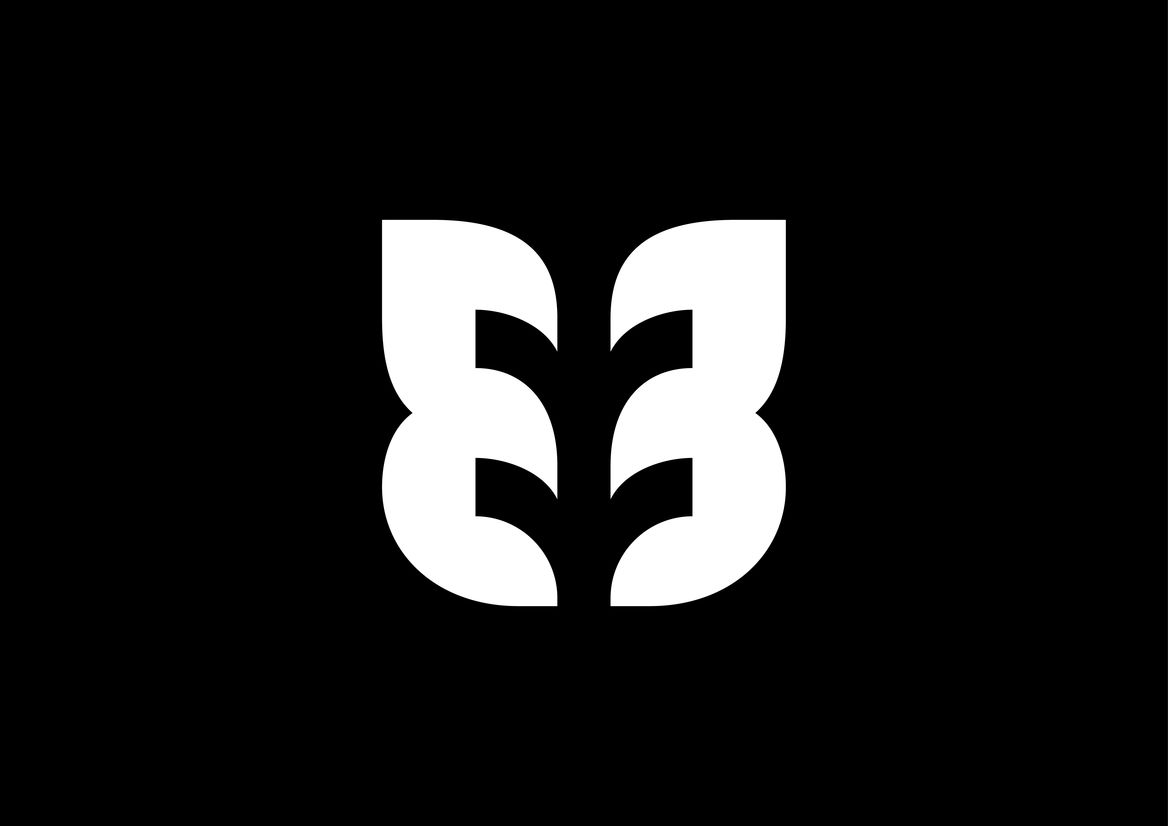
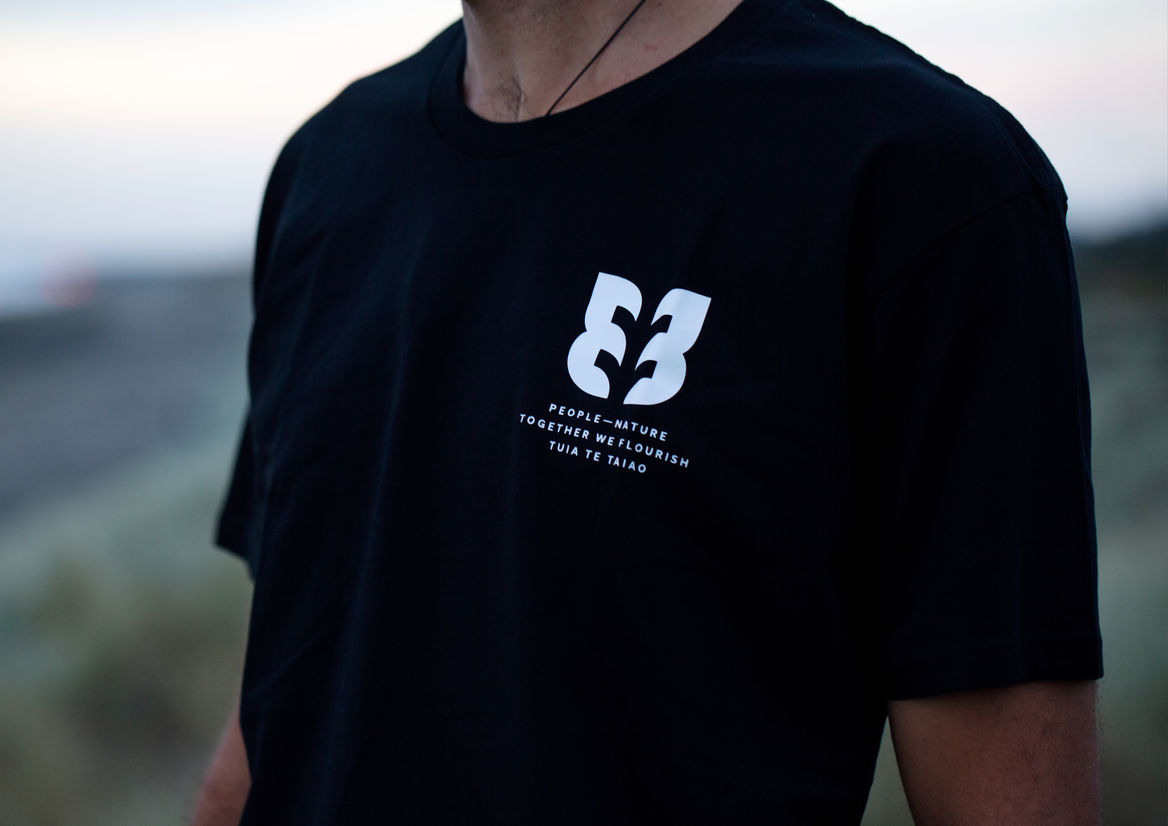
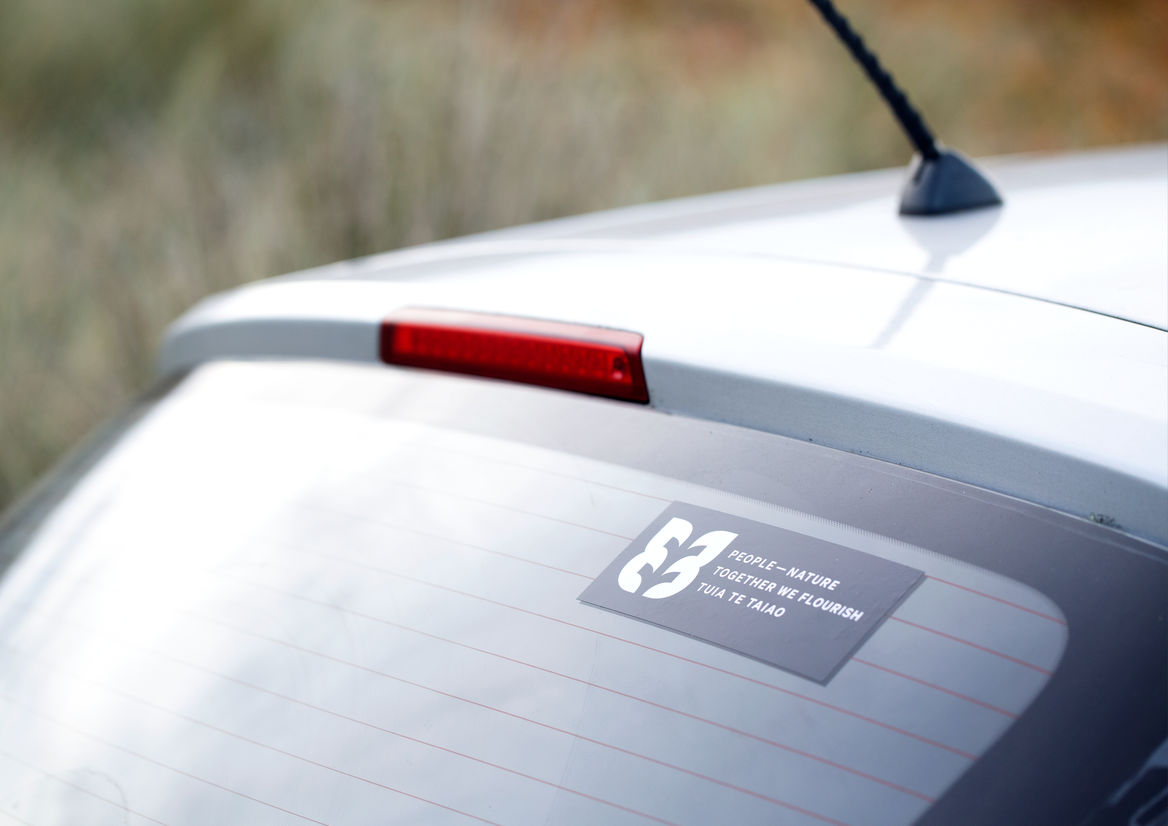
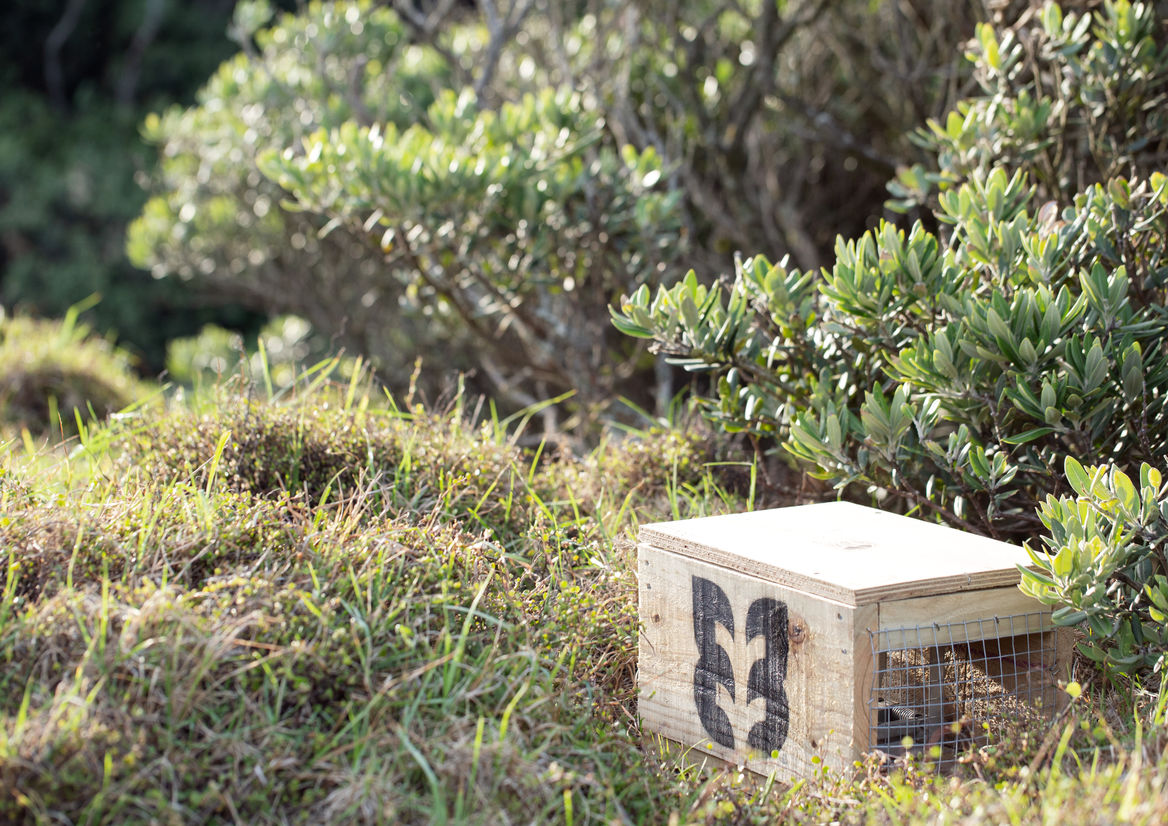
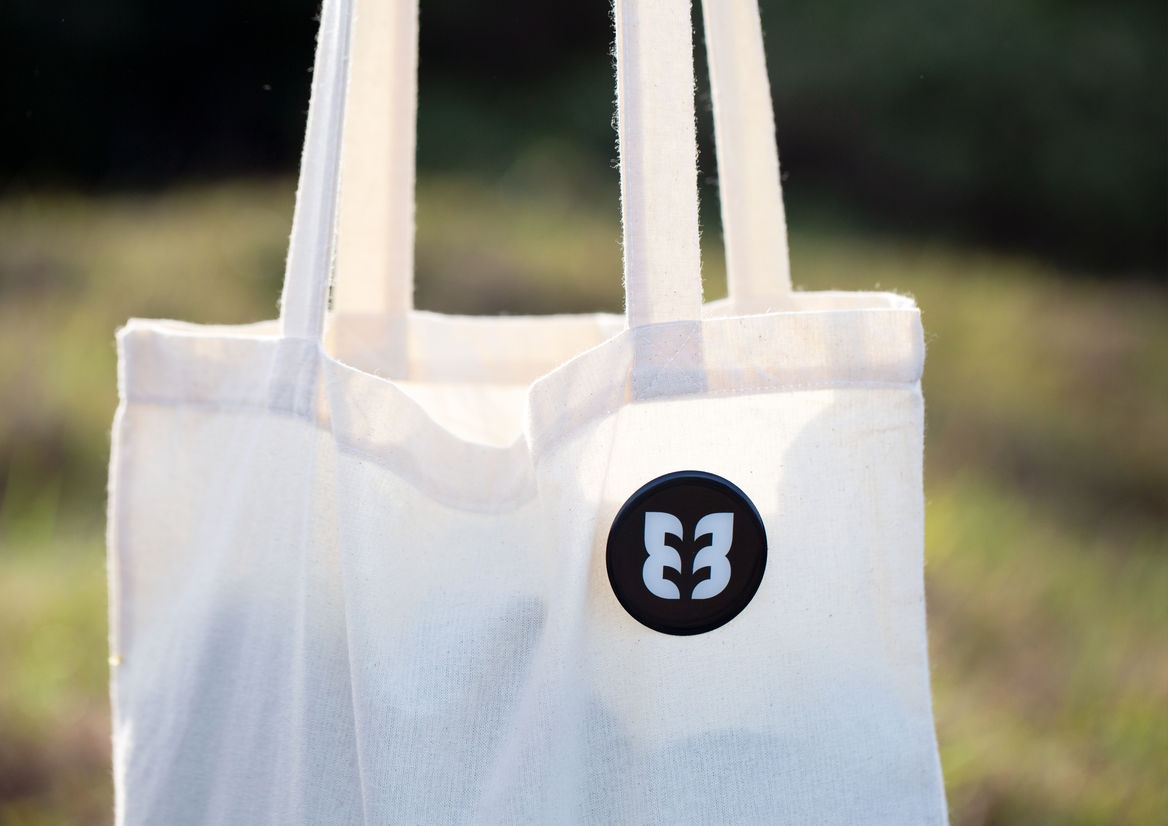
Description:
Aotearoa New Zealand has an ambitious goal to be a predator free nation by the year 2050.
Predator Free 2050 sees central and local government, iwi, philanthropists, non-government organisations, businesses, science and research organisations, communities, landowners and individuals all working together to achieve this. Reaching this goal would allow our native taonga species to once again flourish and thrive alongside us.
We were tasked with designing a national tohu (symbol) for the Predator Free 2050 movement. A tohu to unify our collective efforts towards the 2050 goal.
It was important to ensure our thinking was inclusive of everyone, and our solution was enduring and expandable from a design and storytelling point of view.
Our approach was to work with the Predator Free community. We met with Predator Free groups and leaders across the country to listen, learn, discuss and get to the heart of the matter. Yes we're trapping stoats and possums, and yes we want to see and hear our native birds, insects and frogs in our daily lives, but why?
From a Māori standpoint, that ‘why?’ is about whakapapa – our inherent connection to nature.
Our native species are a part of our natural whakapapa. They are our family, our equals, our ancestors. We have a binding responsibility to them the same way we do our own whānau and friends. Through the lens of our natural whakapapa, we can begin to reassess our place within the natural world and deepen our connections.
The final tohu speaks to these binding relationships between ourselves and our natural world.
The symbolism of hands coming together represents our collective effort in unison and harmony. The negative space in the centre depicts tree growth flourishing, birds spreading their wings in flight, and binding strands of whakapapa.
One hand on it’s own is incomplete, but two hands coming together, completes the eco-system.
In order to succeed, we all need to come together and support the cause however we can.
The Tuia Te Taiao symbol connects us all to nature, to each other and to this ambitious goal.
The tohu isn’t owned by any one person, it is free for all of Aotearoa to use, wear and carry.